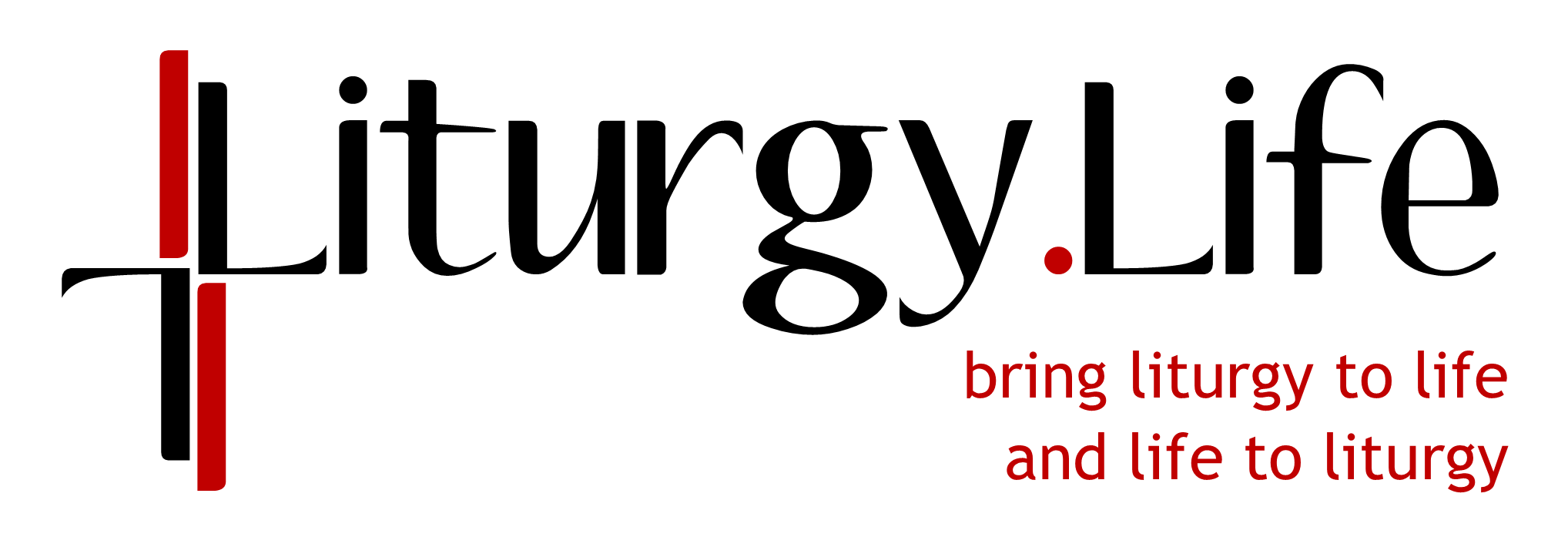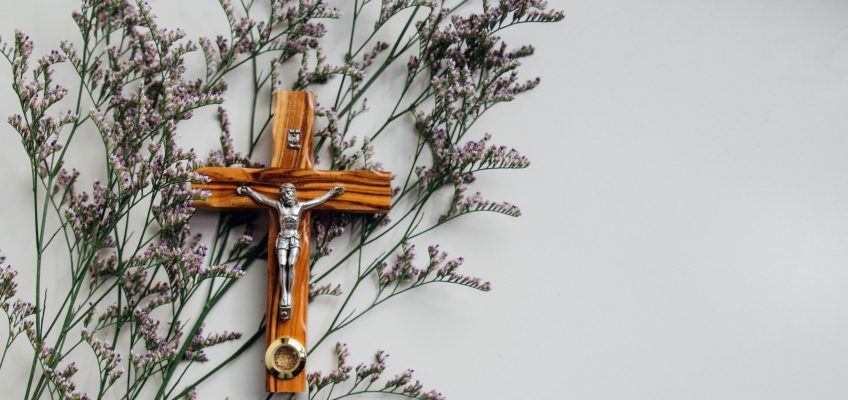What will happen when we are finally able to gather again for public liturgy? Will people return with such great anticipation and excitement that they will participate in the liturgy at deeper levels than ever before? Or will it be a bit like Easter Sundays in the past—lots of excitement and joy for a week or two and then a slow decline back to normal?
During this lockdown period, we have an opportunity to improve public worship. For liturgy to work at its best in our parishes, parish households must be engaged in regular prayer. Ideally, the prayer in the households flows from and leads to the Sunday Eucharist. That is to say, household prayer needs to be liturgical.
Liturgy in the home
Parishioners might be uncomfortable thinking their prayer at home has to be liturgical. But if you use language like “seasonal prayer” or “family rituals,” their discomfort will ease. A key element in liturgical prayer is the use of symbols. To understand liturgy, households need to communicate in symbolic language regularly. We do this all the time, and often we just need to help families name what they are doing. Giving birthday gifts is symbolic language. Saying, “I love you” or “I’m sorry” is symbolic language. Most families are adept at using symbolic language. However, they may not always know how to reflect on that language in a way that affects the way they worship.
What we mean by “symbol” is something that means more than we can say. For example, a wedding ring is a symbol of a marriage, a life together, a commitment, a family, a love relationship, a partnership. It is also a symbol of struggle, of fears, of challenges, of doubts, of pain, of uncertainty. And it is a symbol of much more besides.
A key element in liturgical prayer is the use of symbols. To understand liturgy, households need to communicate in symbolic language regularly. We do this all the time! Share on XAnyone who has been married or known married people can look at a wedding ring and “know” what it means. At the same time, we can never completely “know” what it means because the meaning of any given marriage is still unfolding.
Conveying deep meaning
A symbol, in the sense we are speaking of here, is also powerful and profound. We may have a lot of Catholic “stuff” in our homes. But there is a difference between decoration and symbols. A symbol conveys deep meaning. A symbol gives us a window onto the divine mystery. Some things that might serve as symbols in our homes include:
- light (candles)
- water
- oil
- meals
- touch (hugs, handshakes, caresses, kisses)
- Bible
- songs
Part of what makes these things into symbols is the way we use them. A candle in a drawer is not much of a symbol. A candle that is blessed and lit every night before night prayer is a powerful symbol of Christ breaking apart the darkness.
Don’t pass up this once-in-a-lifetime opportunity to improve your parish worship. While we are all confined to our homes, find ways to help households improve their domestic church worship. Begin by helping them name the symbolic actions in their lives and begin to add to them. As parish households improve their vocabulary of symbols, they will return to public worship much more willing and able to participate fully in the parish liturgy.
See also these related articles:
- Train your lectors in this one most effective skill
- Writing invocations for the Penitential Act, Form C
- The Penitential Act
- How the liturgy teaches us what is most needed today
- What the new Directory for Catechesis says about our ministry as liturgical ministers
- Liturgical adaptations during the pandemic
- The four dangers of weak liturgy
- Why does good liturgy matter?
- We will need courage for parishes of the future
- How to critically read blog posts and magazine articles about liturgy



2 Responses
sherry
thank you interesting information I will pass it on to our teams
46 ways to accompany seekers even if you’re not in charge of the RCIA process - TeamRCIA
[…] Teach seekers how to create a prayer corner […]